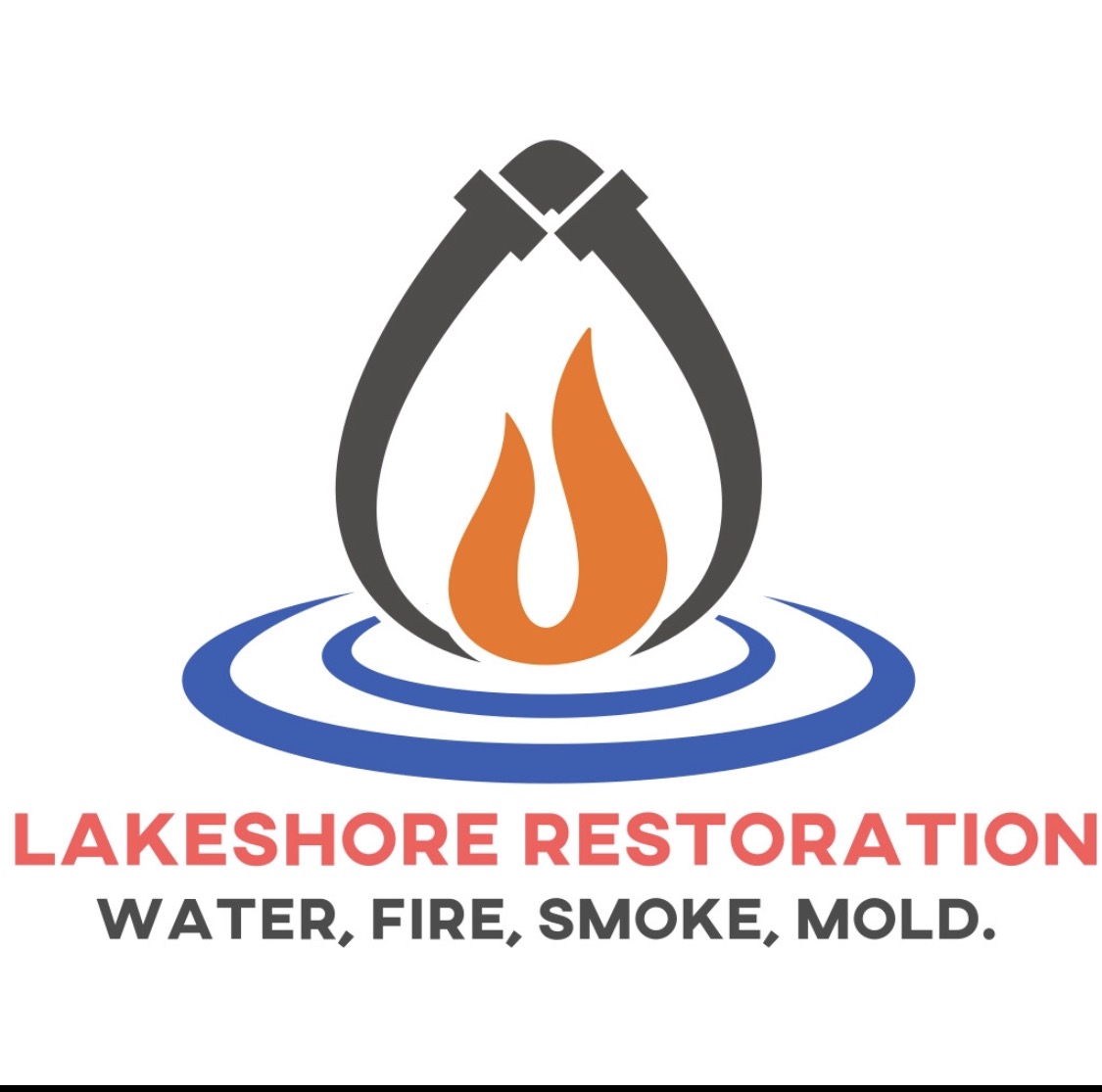Comprehensive Water Damage Restoration Services for Your Property
- Lakeshore Restoration LLC

- Sep 29
- 4 min read
Updated: Nov 21
Water damage can strike unexpectedly, causing significant harm to your property and belongings. Whether from a burst pipe, flooding, or a leaking roof, addressing water damage quickly and effectively is crucial to minimize long-term issues. This guide explores the comprehensive property water restoration process, offering practical advice and insights to help you safeguard your home.
Understanding Property Water Restoration: What It Involves
Property water restoration is a detailed process aimed at repairing and restoring a building affected by water intrusion. It involves several critical steps to ensure the property is safe, dry, and free from mold or structural damage.
Assessment and Inspection: Professionals begin by evaluating the extent of water damage. This includes identifying the water source, affected areas, and potential hazards.
Water Extraction: Using specialized equipment, standing water is removed quickly to prevent further absorption into walls, floors, and furniture.
Drying and Dehumidification: Industrial-grade fans and dehumidifiers are deployed to dry out the property thoroughly. This step is vital to prevent mold growth.
Cleaning and Sanitizing: Contaminated areas are cleaned and disinfected to eliminate bacteria and odors.
Restoration and Repairs: Finally, damaged materials such as drywall, flooring, and insulation are repaired or replaced to restore the property to its pre-damage condition.
Each phase requires expertise and the right tools to ensure effective restoration and prevent future problems.

Key Techniques and Tools Used in Property Water Restoration
Modern property water restoration relies on advanced technology and proven techniques to handle water damage efficiently. Here are some of the most important methods and tools used by restoration experts:
Moisture Meters and Thermal Imaging Cameras: These devices detect hidden moisture behind walls and under floors, helping to identify all affected areas.
Submersible Pumps and Wet Vacuums: Essential for removing large volumes of water quickly.
Air Movers and Dehumidifiers: These machines accelerate drying by circulating air and reducing humidity levels.
Antimicrobial Treatments: Applied to prevent mold and bacterial growth after water removal.
Structural Drying Techniques: Including controlled demolition of unsalvageable materials to access and dry hidden cavities.
Using these tools ensures a thorough restoration process that addresses both visible and hidden water damage.

How much is a typical water damage claim cost?
The cost of a typical water damage claim varies widely depending on the severity of the damage, the size of the property, and the specific restoration services required. On average, homeowners can expect claims to range from $2,000 to $7,000 for moderate damage. However, extensive flooding or structural damage can push costs much higher, sometimes exceeding $20,000.
Factors influencing the cost include:
Source of Water: Clean water damage (like a burst pipe) is usually less expensive to repair than damage caused by contaminated water (such as sewage backups).
Extent of Damage: Larger affected areas require more labor and materials.
Time to Respond: Delays in addressing water damage can increase costs due to mold growth and structural deterioration.
Insurance Coverage: Policies vary, and some may not cover certain types of water damage.
Understanding these factors can help homeowners prepare for potential expenses and work effectively with insurance providers.

Preventive Measures to Minimize Water Damage Risks
Prevention is always better than restoration. Taking proactive steps can reduce the likelihood of water damage and the need for costly repairs. Here are some practical recommendations:
Regular Maintenance: Inspect and maintain plumbing, roofs, gutters, and appliances to catch leaks early.
Install Water Detection Devices: Sensors can alert you to leaks or flooding before they cause major damage.
Improve Drainage: Ensure your property’s grading directs water away from the foundation.
Seal Windows and Doors: Proper sealing prevents water intrusion during heavy rain.
Prepare for Emergencies: Have a plan and necessary supplies ready to respond quickly to water damage incidents.
By implementing these measures, property owners can protect their investments and reduce the impact of unexpected water events.
Choosing the Right Professionals for Property Water Restoration
Selecting a qualified restoration company is critical to achieving the best results. Here are some tips to help you choose the right experts:
Check Credentials: Look for certifications from organizations like the Institute of Inspection, Cleaning and Restoration Certification (IICRC).
Experience and Reputation: Choose companies with proven experience and positive customer reviews.
Comprehensive Services: Opt for providers offering full restoration services, including water extraction, drying, cleaning, and repairs.
Transparent Pricing: Request detailed estimates and understand what is included.
Emergency Availability: Water damage requires prompt action, so select a company that offers 24/7 emergency response.
For reliable and professional water damage services, partnering with an experienced restoration company ensures your property is restored efficiently and safely.
Final Thoughts on Protecting Your Property from Water Damage
Water damage can be devastating, but with the right knowledge and resources, you can minimize its impact. Understanding the property water restoration process, investing in preventive measures, and working with trusted professionals are key steps to safeguarding your home.
Remember, quick action is essential. If you experience water damage, contact experts immediately to begin the restoration process and protect your property’s value and safety. Taking these steps will help you recover faster and prevent future water-related issues.



Comments